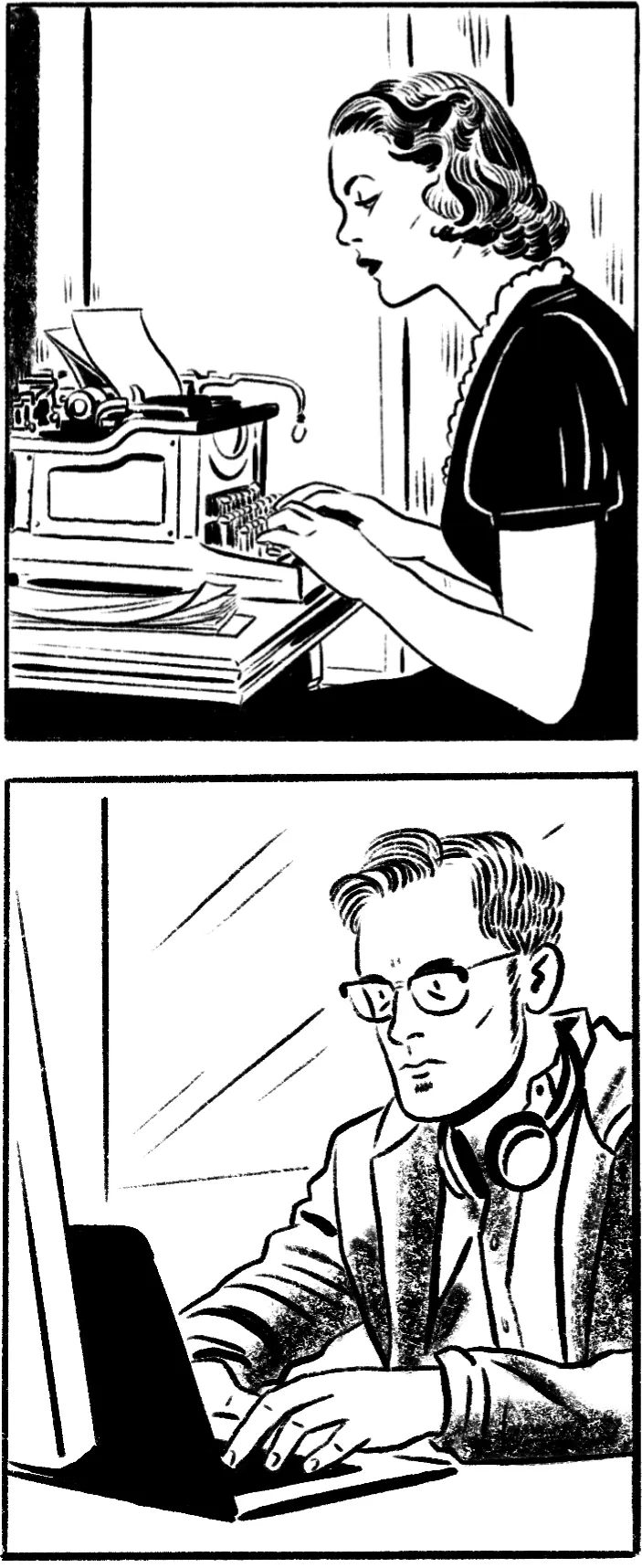![]()
CHAPTER ONE: GENDER ACROSS SPACE & TIME
To understand gender, we need to know how it has operated through history, and around the globe.
People often assume that the way gender is understood and expressed in the time and place they currently occupy is the only right, normal, natural way of understanding and expressing it. History, archaeology, human geography, and anthropology show us that this is definitely not the case. Things have been – and could always be – different.
These studies also help us to understand how gender came to be socially constructed in the way it currently is, and why this often feels so entrenched and immovable – because it carries that weight of history.
ACKNOWLEDGING THE PAST
Professor of History Merry E. Wiesner-Hanks says we need to hold on to two key facts from the history of gender:
So we have to be cautious about any claims about the natural, normal, or “right” ways of doing gender, at the same time as acknowledging the massive impact that patriarchal history has on all of us.
PATRIARCHY: A POTTED HISTORY
Gatherer-hunters: Archaeologists used to assume that in prehistoric societies men hunted and made tools while women raised children and did the less vital work of gathering. We now know that gatherer-hunters depended much more on foraged than hunted food, which is why archaeologists inverted the phrase “hunter-gatherer”. We also know that women did hunt in some gatherer-hunter societies. Women may well have developed some of the earliest tools as well.
The agricultural revolution: The first agricultural revolution between 10,000 and 2,000 BCE increased the gap between men and women in the social hierarchy. Plowing and caring for animals became almost universally a men’s task, valued over what became seen as women’s tasks like spinning, weaving, and child-raising.
Land was needed for farming, and men became the ones who inherited this land in most places. Trading took men out into public life while women were increasingly kept in the private world of home and family.
Hereditary aristocracies: The states that developed across the ancient world after 3,000 BCE heightened gender distinctions. Rulers depended on taxes and slave labour, which meant they controlled the population more strictly.
Cultural norms and laws enhanced unequal gender relations and policed women’s sexuality, often insisting they stay virgins until marriage and strictly punishing them for adultery.
In many cultures and religions, men became seen as the original humans – created by a male god in his image. Women were an afterthought and often held responsible for everything that went wrong with the world.
THE HISTORY OF GENDER IS INTERWOVEN WITH THE HISTORY OF CAPITALISM
Gender divisions increased at the same time that class divisions emerged. Elite landowners presented themselves as naturally superior to justify maintaining sharp distinctions between themselves and everybody else.
With the shift to trade-based capitalism in the 16th and 17th centuries, trade guilds (and later unions) began to define labour as men’s work. Activities such as brewing or weaving, which had been regarded as women’s work, became more highly valued when associated with men.
The current Western understanding of gender is closely linked to 19th-century industrial capitalism, which required women to work unpaid in the home, caring for the workforce and producing its next generation. When women did work outside the home, it relied on them being paid less than men. Work continued to be valued more highly when associated with men, particularly work associated with advanced technology, which was portrayed as too complicated for women.
Our concepts of gender and class are intrinsically connected because of the way that capitalism attributed a greater financial value to some labour (male, upper/middle-class) than to others (female, working-class).
THE HISTORY OF GENDER IS INTERWOVEN WITH THE HISTORY OF COLONIALISM
Europeans from the 16th century onwards imposed their understandings of gender and family life on the people they colonized – as well as often wiping out indigenous groups, and their ways of doing gender.
As with capitalism, colonialism relies on seeing some bodies and lives as less valuable than others in order to justify colonizing – and often enslaving – others. Like women and children, colonized people were often regarded as property belonging to white men.
Slaves were seen as so inferior or inhuman that gendered norms did not apply to them. Slave and peasant women often did heavy labour and work in public rather than being secluded in the home, for example. These assumptions can still be seen in the modern-day treatment of black and working-class women, as we’ll explore in Chapter 4.
CLASSIFYING THE “OTHER”
From the late 19th century, the categorizing of people into “normal” or “abnormal” became a major scientific project intrinsically linked to imperialism (extending a country’s power and influence through colonization). The project was justified on the basis of classifying peoples into naturally “superior” and “inferior” races. Like women, people with same-sex attraction, people of colour, and people of “lower classes” were often deemed more childlike, or morally and intellectually inferior, on the bas...







